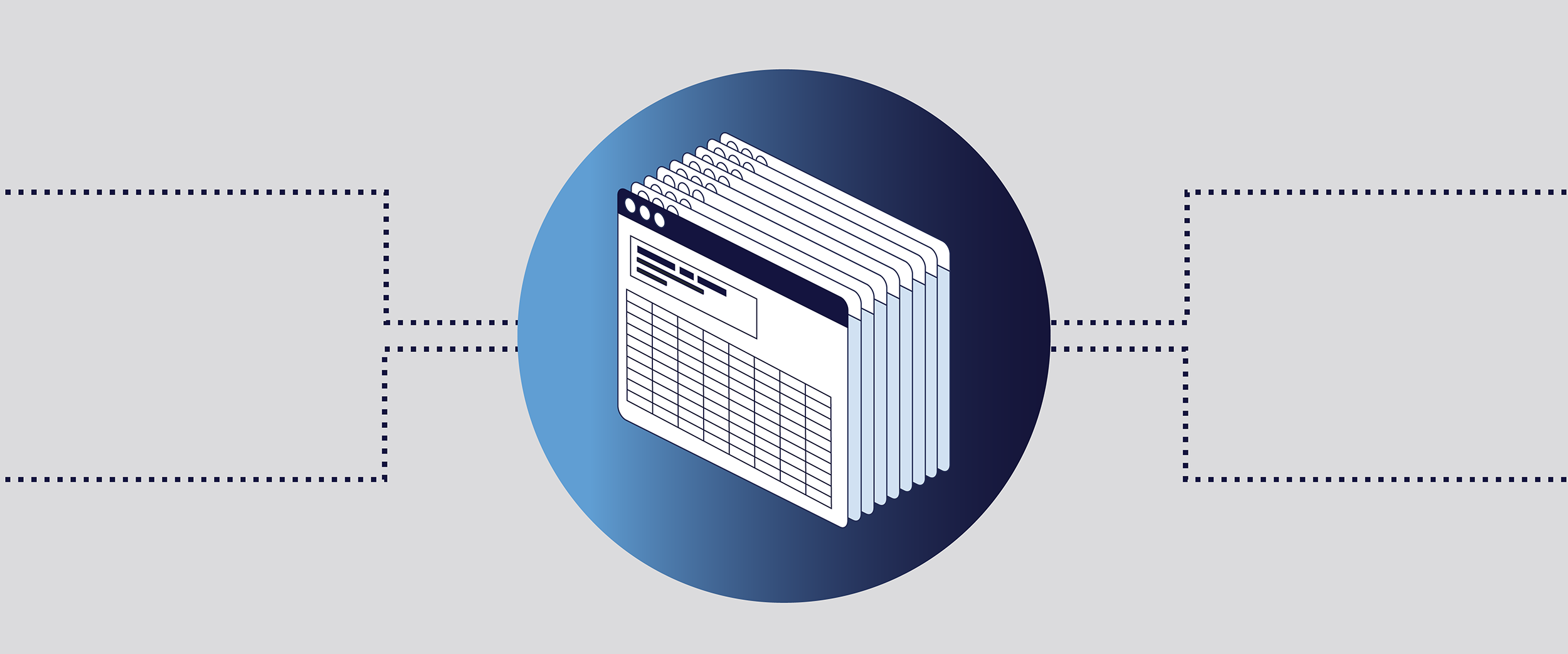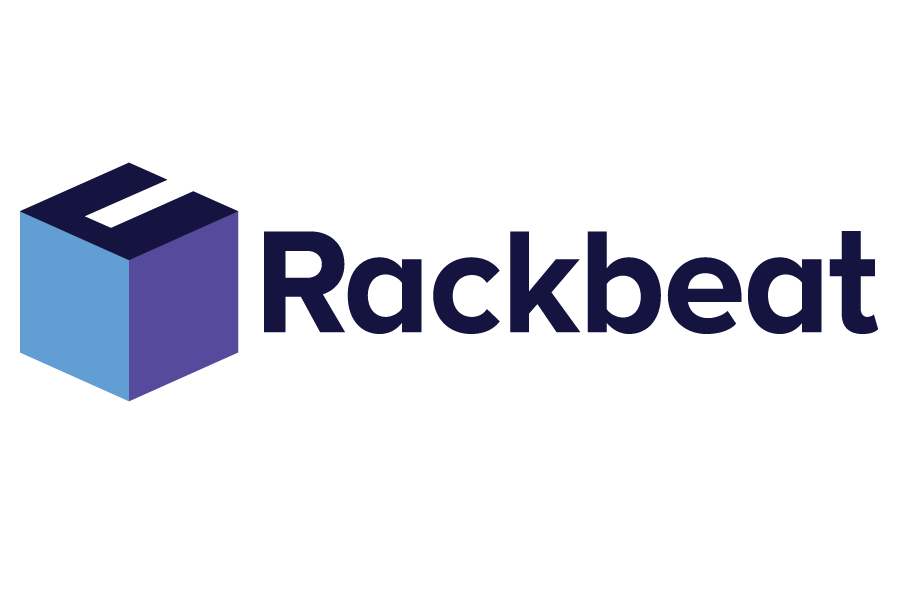How Does Rackbeat Affect My Workflows? From Spreadsheets to Dedicated Inventory Management
By Rackbeat May 2, 2024

Ready to Say Goodbye to the Spreadsheets?
You might already be at the platform, luggage in hand, filled with order numbers, item numbers, reorder lists, customer information, invoicing, and more. The time has indeed come to take your business by the hand and embark on new entrepreneurial adventures.
Or rather: You’re growing tired of the spreadsheets, and your inventory management needs optimization.
The shift from simple spreadsheet solutions to dedicated inventory management systems like Rackbeat marks a new beginning with much greater efficiency and clarity in workflow. While spreadsheets can be useful for managing basic inventory tasks, they quickly fall short as your business’s complexity and order volume grow.
The transition to Rackbeat will radically change your inventory management—and indeed, your entire business—for the better. But to make the journey turbulence-free and efficient, we will delve into some important points you should consider before making your switch.
Afterwards, we will explain to you the most significant advantages of Rackbeat’s inventory system.
Safe travels.
Things to Consider When Switching from Spreadsheets to Rackbeat
1. Don’t Burn the Spreadsheets Just Yet
Even as you switch to Rackbeat, your existing spreadsheets can still be useful in certain respects. You can save a lot of time by importing data such as prices, products, supplier information, customer lists, and quotes from Excel or CSV files into Rackbeat. This saves you time since you won’t have to enter the information multiple times into the system. And if you need to transfer vital knowledge from Rackbeat, you can likewise export your data.
2. Get to Know Your New System
As you can see, Rackbeat’s inventory system can do much more than your spreadsheets. This means that the transition from spreadsheets to an advanced inventory system requires an adjustment period. No workflows are 100% the same, so it’s recommended that you spend some time understanding how Rackbeat’s features affect you.
We thus advice you can also take advantage of Rackbeat’s free 14-day trial period, so you can get fully acquainted with the system. We recommend using our fictional demo data, which saves you time and allows you to focus on the system’s features without disruptions in your actual business data.
Additionally, we offer you a series of help articles that can guide you in the process of importing your data. These resources are invaluable as you learn how to get started with the inventory system.
3. Identify Your Needs Before Speaking with a Specialist
Before engaging in a deeper conversation with a specialist, it’s important to have a clear understanding of your business’s needs. Map out your current workflows and consider the specific challenges you want Rackbeat to address, as well as the goals you aim to achieve with the implementation of an inventory system. And last but not least:
Book a Free Presentation of Rackbeat
Rackbeat offers you a personal presentation of the system, where a specialist will first inquire about your needs and then demonstrate how Rackbeat can meet them. This provides you with direct insight into what your future workflows will look like.
So we’ve covered all the practical stuff. Now, let’s take a look at some of the benefits you achieve when you replace your spreadsheets with Rackbeat.
The Benefits of Rackbeat
1. Real-Time Updates on Item Movements
With Rackbeat, you no longer need to manually update your inventory every single time a purchase, sale, or inventory adjustment is recorded. It happens automatically as soon as the transaction is completed. And when you’re not manually entering data, you significantly lower the risk of errors in bookkeeping. Not to mention all the time you save—time that can now be spent on sales, marketing, customer care, and more.
2. Reorder Reminders
You won’t have to spend time monitoring your inventory to avoid customers encountering out-of-stock items. Rackbeat sends you reorder reminders when your products hit a defined minimum inventory level. This also helps minimize your capital tied up in your inventory by ensuring that you don’t purchase more products than you can sell in a foreseeable future.
3. Clear and Centralized Inventory Management
All employees can access the same clear overviews of purchases, inventory levels, sales orders, customers, products, and more. Thus, you no longer have to dig through spreadsheets to find a needle in a haystack—and potentially disrupt the order another employee has established. It is also considerably easier to search for specific item and order numbers with Rackbeat’s search fields than to scroll through spreadsheets.
4. Interoperability with Other Systems
An inventory system is likely not the first piece of software on your radar for your business. Most companies start by acquiring an ERP system, possibly a POS if they have a physical store, and/or a webshop. However, these do not play well with your spreadsheets in terms of automatically sharing data. Rackbeat can act as a link between your existing systems, as it can be seamlessly integrated with most webshops, accounting systems, and ERP systems. This ensures that your data flows freely among the different parts of your business, optimizing workflows and enhancing efficiency.
That was just a small sample of all the features you can add to your toolbox when you pull up the pegs from your spreadsheet tent and move your business into Rackbeat’s dedicated inventory system. You can take the first step today by booking a free presentation of the system with one of our specialists.




